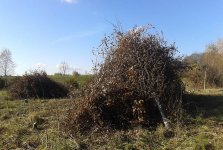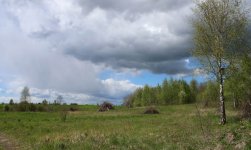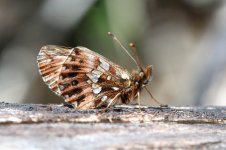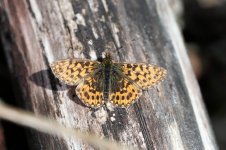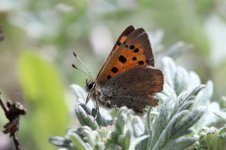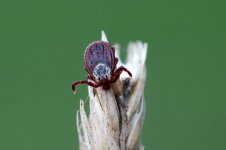
19 May. New Species Again!
Labanoras does it stuff again! Barely two days since the last new species, found another early morning today - a singing male Barred Warbler! All the sweeter that it was singing in an overgrown hedgeline that I planted a few years ago just adjacent to the shrike piles. Not much time to savour the bird however - singing as it worked along the hedge, it then flicked across to a more extensive area of regenerating birches and other shrubs. All of five minutes and I had lost it.
Seemed to be a bit of an arrival of Golden Orioles today, more in the forest, plus a male in the same hedgeline as the Barred Warbler, one more Red-backed Shrike too. Trying to steal the liimelight from the Barred Warbler, also could hear a distant Hoopoe later in the morning - only my fourth record at this locality.
Sixth new species for my land during the National Quarantine period in Lithuania.
Labanoras does it stuff again! Barely two days since the last new species, found another early morning today - a singing male Barred Warbler! All the sweeter that it was singing in an overgrown hedgeline that I planted a few years ago just adjacent to the shrike piles. Not much time to savour the bird however - singing as it worked along the hedge, it then flicked across to a more extensive area of regenerating birches and other shrubs. All of five minutes and I had lost it.
Seemed to be a bit of an arrival of Golden Orioles today, more in the forest, plus a male in the same hedgeline as the Barred Warbler, one more Red-backed Shrike too. Trying to steal the liimelight from the Barred Warbler, also could hear a distant Hoopoe later in the morning - only my fourth record at this locality.
Sixth new species for my land during the National Quarantine period in Lithuania.
Last edited:





